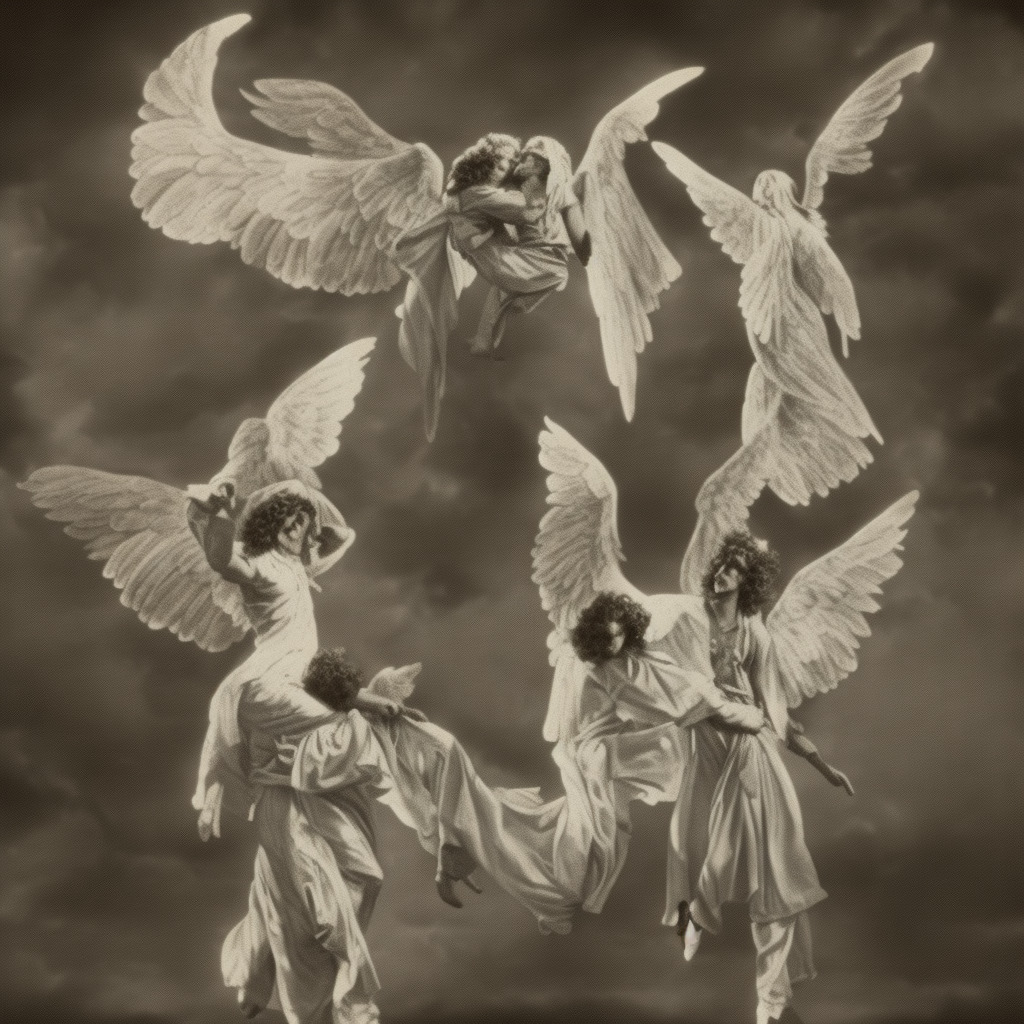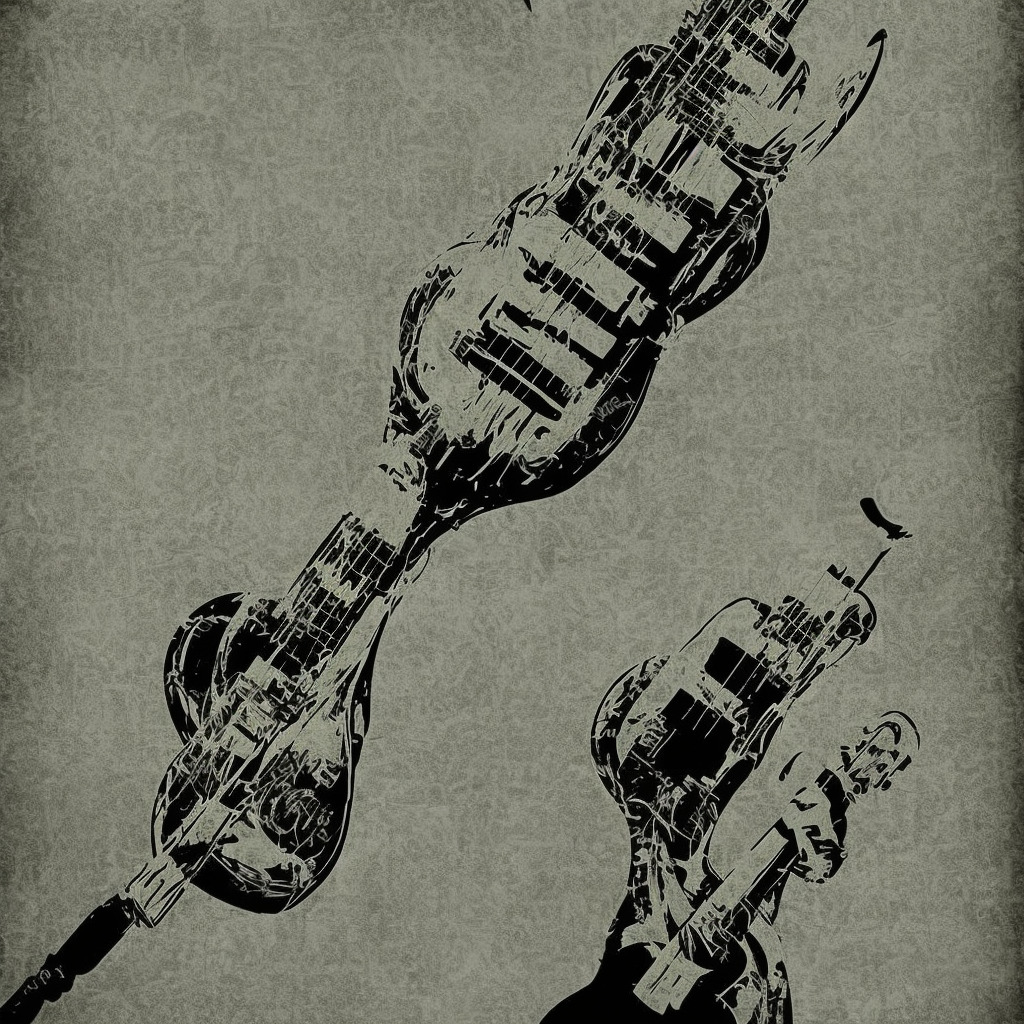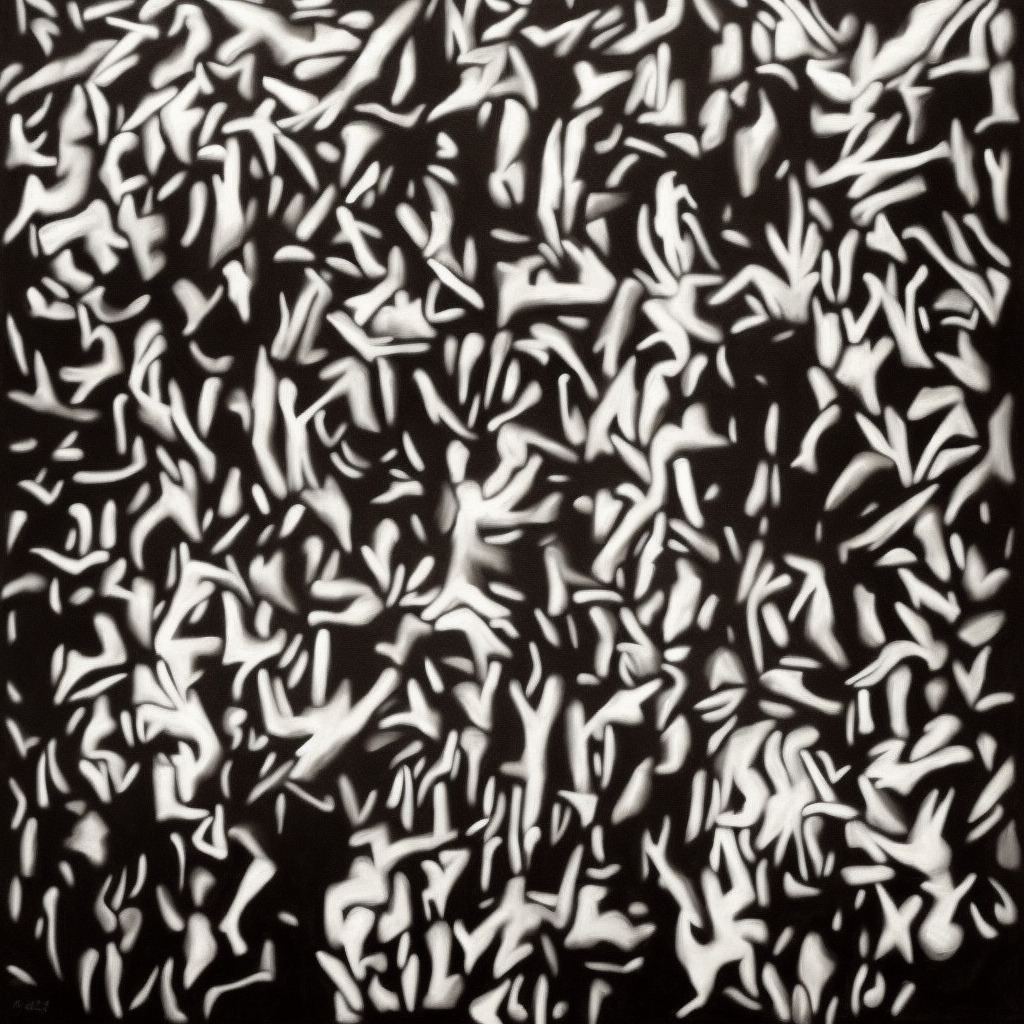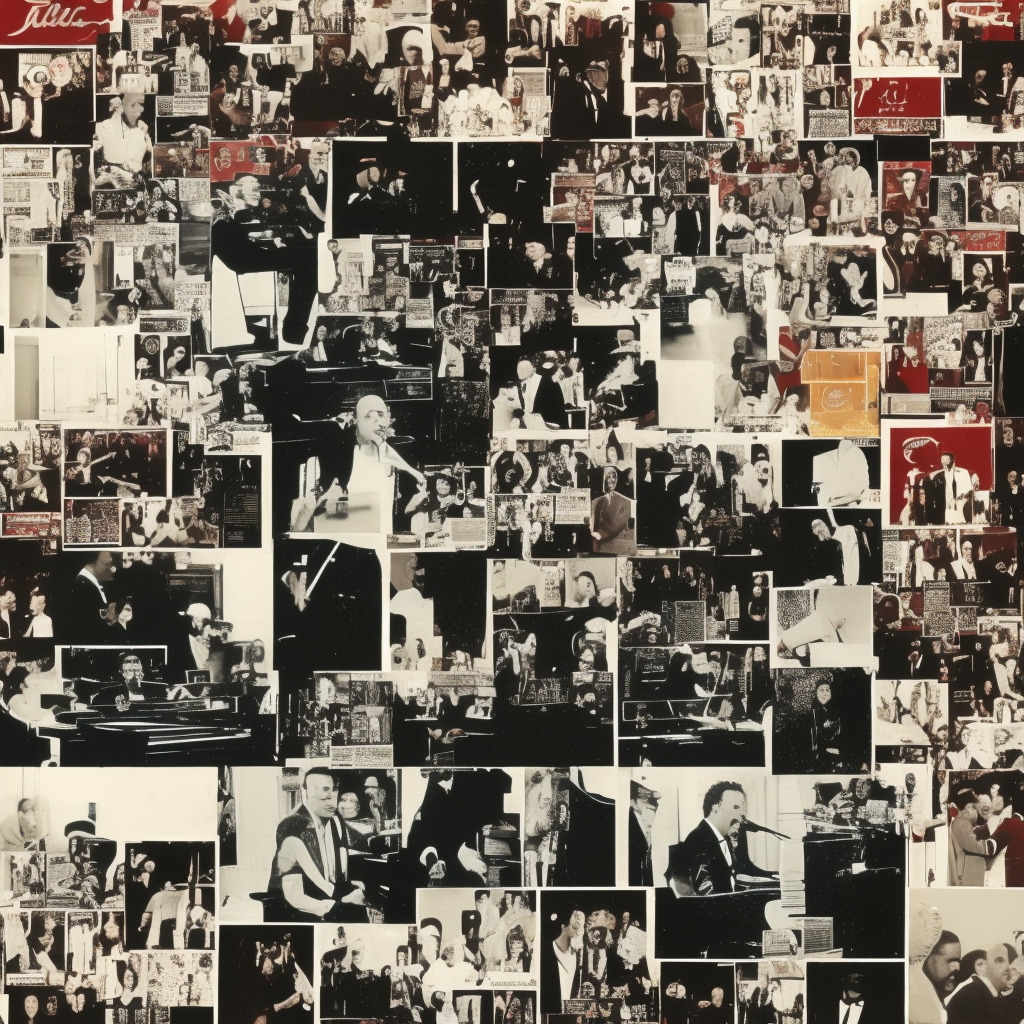?Did you know? “William, It Was Really Nothing” was written by #TheSmiths in just 20 minutes! A timeless jam in a flash⚡️?! Give it a spin and relive the #80s magic. #MusicTrivia #ClassicIndie??? Read about it: tinyurl.com/fs2y7m57
Delving Deeper into The Smiths’ Discography
“Exploring The Smiths’ alluring synthesis of jangle pop, post-punk, and indie rock through the evocative lens of ‘William, It Was Really Nothing’ – a testament to their enduring influence on alternative music.”

The Smiths, an English rock band formed in Manchester in 1982, became one of the most influential bands of the 1980s with their unique blend of jangle pop, post-punk, and indie rock. Consisting of the iconic and enigmatic Morrissey (vocals), Johnny Marr (guitar), Andy Rourke (bass), and Mike Joyce (drums), the band’s lineup remained consistent throughout their brief but impactful career. Despite their short run, from 1982 to 1987, The Smiths have continued to be a prominent force in alternative music.
One song that stands out amongst their vast discography is “William, It Was Really Nothing.” Released in 1984 as a single, the song also made its way onto the compilation album “Hatful of Hollow” later that year, and the 1987 compilation album “Louder Than Bombs.” Clocking in at just over two minutes, the track is a perfect example of the band’s ability to convey complex emotions in a succinct and catchy manner.
“William, It Was Really Nothing” features Johnny Marr’s signature jangle pop guitar sound layered over a driving rhythm section, with Andy Rourke’s bass and Mike Joyce’s drums propelling the song forward. Meanwhile, Morrissey croons with his distinctively melancholic voice, narrating a story of unrequited love and longing. The song is said to be a response to the criticisms that The Smiths’ music was riddled with themes of misery and gender ambiguity.
While The Smiths garnered critical acclaim for their innovative sound and poignant lyrics, the band has not been without its share of controversy. Morrissey, in particular, has been a polarizing figure with his strong opinions on topics such as animal rights, politics, and race. Some fans appreciate his outspoken nature, while others feel it detracts from the band’s musical legacy.
Throughout their career, The Smiths received numerous accolades and achievements. In 1984, they won the NME Award for Best New Artist, and their sophomore album “Meat Is Murder” reached the number one spot on the UK Albums Chart in 1985. The Smiths’ influence is further exemplified by bands such as Radiohead, The Stone Roses, and Oasis, all of whom have cited The Smiths as a major inspiration.
In conclusion, The Smiths’ song “William, It Was Really Nothing” serves as an excellent showcase of the band’s talent and distinctive sound. Despite the controversies surrounding the band, their contributions to alternative music cannot be understated. By examining songs like “William, It Was Really Nothing,” one can gain a deeper appreciation for the unique and powerful impact The Smiths had on the music scene and the bands that followed in their footsteps.
Charting the Journey of ‘William, It Was Really Nothing’
Climbing the charts with wit and charm, The Smiths’ “William, It Was Really Nothing” solidifies its legacy in alternative rock history as a beloved classic, transcending chart performance.

Let’s dive into this gem’s performance on the charts. “William, It Was Really Nothing” was released as a single by The Smiths on August 20, 1984. Upon its initial release, the song entered the UK Singles Chart at an underwhelming position of #85. However, it wasn’t long before its infectious melody and witty lyrics caught on with music lovers.
As the weeks went by, the single began to climb the charts, fueled by the band’s ever-growing fanbase and their unique sound. It eventually peaked at a respectable #17 on the UK Singles Chart in September 1984. Although it didn’t quite reach the top 10, the song’s performance still solidified The Smiths’ reputation as one of the most influential bands of the 1980s.
Interestingly enough, “William, It Was Really Nothing” found itself in the limelight once again in 1992 when it was re-released as part of the compilation album ‘Best…I’. This time around, the song re-entered the UK Singles Chart, peaking at a slightly lower position of #38. Nevertheless, this second wind showcased the song’s timeless appeal and enduring popularity.
While the chart success of “William, It Was Really Nothing” might not have shattered records or topped the charts, it did manage to cement the song’s status as a beloved classic in the hearts of The Smiths’ fans, as well as the annals of alternative rock history. In the end, it’s the song’s undeniable charm and the band’s iconic sound that define its legacy, rather than its chart performance.
Dissecting the Soulful Lyrics of an Era
The rain falls hard on a humdrum town
This town has dragged you down
Oh, the rain falls hard on a humdrum town
This town has dragged you down
And everybody’s got to live their life
And God knows I’ve got to live mine
God knows I’ve got to live mine
William, William, it was really nothing
William, William, it was really nothing
It was your life
How can you stay with a fat girl who’ll say:
“Would you like to marry me
And if you like you can buy the ring?”
She doesn’t care about anything
Would you like to marry me?
And if you like you can buy the ring
I don’t dream about anyone except myself
William, William, it was really nothing
William, William
The lyrics of “William, It Was Really Nothing” by The Smiths capture the essence of a specific time and place, specifically reflecting the dreary atmosphere of a small British town in the 1980s. In an era marked by economic strife, high unemployment rates, and a general sense of despair, these lyrics encapsulate the feelings of hopelessness and dissatisfaction that many young people experienced during this time.
The rain, which “falls hard on a humdrum town,” serves as a metaphor for the oppressive nature of life in a place that offers little in the way of opportunity or excitement. The protagonist, William, is urged to escape this mundane existence and live his own life, rather than succumbing to the expectations of others.
The lyrics also touch upon the societal pressure to conform to traditional milestones, such as marriage and settling down. The female character in the song is portrayed as desperate and uncaring, asking William to marry her and even offering to buy her own ring. This reflects the band’s disdain for traditional norms that dictated the course of life for so many during this era.
Ultimately, the song serves as both a critique of the stifling nature of small-town living and an anthem for personal autonomy. It resonated with a generation eager to break free from the expectations placed upon them and chart their own path in life. “William, It Was Really Nothing” remains a powerful testament to The Smiths’ ability to capture the spirit of their time and create music that continues to inspire and influence listeners to this day.
Visualizing the Essence of “William”: A Closer Look into The Smiths’ Music Video
“Breathing life into the iconic ‘William’: The Smiths’ fans masterfully reimagine song through nostalgic visuals and emotive tributes.”
While The Smiths’ song “William” doesn’t have an official music video, there is no shortage of fan-made content that celebrates and pays tribute to this iconic track. The YouTube landscape is dotted with various fan videos, live performances, and artistic interpretations that breathe new life into the song, showcasing the versatile nature of The Smiths’ music.
One of the most popular fan-made videos for “William” features a compilation of clips from the 1986 movie “Pretty in Pink,” starring Molly Ringwald and Jon Cryer. This video masterfully weaves together scenes from the film, creating a visual narrative that captures the essence of the song’s melancholic and introspective lyrics. The video has garnered thousands of views and likes, serving as a testament to the creative prowess of the band’s dedicated fanbase.
Another notable fan-made video utilizes old footage of the British television series “Top of the Pops.” The video incorporates various clips of The Smiths performing “William” on the show, paired with candid moments of the band members backstage. This approach offers viewers a nostalgic glimpse into the band’s early days and showcases the raw energy that The Smiths brought to their live performances.
In addition to fan-made content, several YouTube tributes have surfaced that celebrate the song and the band itself. One such tribute, a well-crafted lyric video, features eye-catching visuals and typography that reflect the song’s themes and emotions. As the words of “William” unfold on screen, the video’s artistic approach serves to enhance the listener’s connection to the music.
And if you’re seeking an immersive viewing experience, numerous live performance recordings of “William” are available on YouTube as well. With some of these videos dating back to the 1980s, fans can witness The Smiths in their prime, delivering emotionally charged performances that resonate with audiences to this day.
While there may not be an official music video for “William,” the abundant fan-made content and online tributes ensure that the song’s visual legacy remains alive and well. Through their creative interpretations, fans continue to share and celebrate the enduring impact of The Smiths’ music.
The Maestro Behind “William”
The brilliant composer behind the much-acclaimed song “William” by The Smiths is none other than Johnny Marr. Marr’s ingenious guitar work and mastery of melodic hooks are the driving force behind The Smiths’ unique sound. Apart from “William, It Was Really Nothing,” Marr’s exceptional compositional skills can be heard in numerous other notable tracks by the band. One such gem is “This Charming Man,” which showcases his impeccable ability to craft infectious and jangly guitar riffs. Furthermore, “How Soon Is Now?” highlights Marr’s innovative use of various guitar techniques, such as sliding and tremolo, to create a hauntingly distinctive soundscape. Throughout his illustrious career, Johnny Marr has forged a legacy as one of the most inventive and influential composers in the realm of alternative music.
A Legacy That Resonates
“William” by The Smiths: A timeless anthem weaving through decades, soundtracks, and genres, leaving its enduring fingerprint on popular culture.
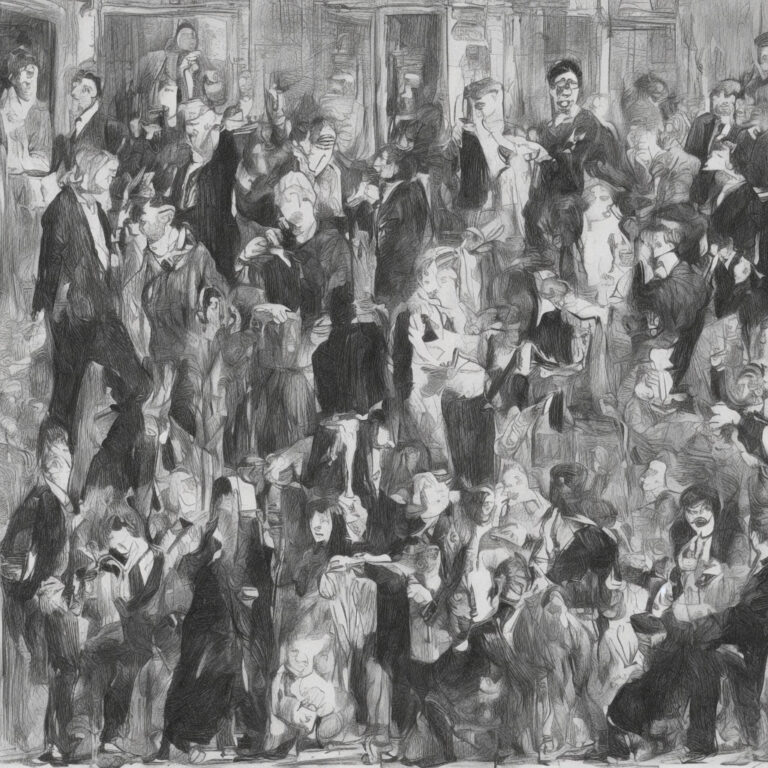
Over time, “William” by The Smiths has garnered numerous awards and accolades, highlighting the song’s timeless appeal and impact on both fans and critics alike. Among its many achievements, the song has been featured on several “Best Of” lists, including Rolling Stone’s “100 Greatest Songs of the 1980s” and NME’s “150 Best Tracks of the Past 15 Years.” These accomplishments serve as a testament to the enduring influence “William” has had on popular music since its release.
Adding to the song’s legacy, “William” has made appearances in various forms of media, such as in movies, television shows, and video games. One of its most notable cameos was in the popular teen drama series “The O.C.”, in which it was used to set the mood for a pivotal scene. Additionally, the song has been featured in the soundtrack of the cult classic film “Adventureland,” further solidifying its status as a beloved anthem for multiple generations of fans.
Throughout the years, the popularity of “William” has inspired a number of talented artists to produce their own cover versions of the track. Among these renditions, the most acclaimed is perhaps the haunting and emotive performance by indie folk singer-songwriter Sufjan Stevens. His cover of “William” manages to pay homage to The Smiths’ original, while still imbuing the song with his own unique style and interpretation. Other notable artists who have covered “William” include the electronic duo Mates of State and the indie rock band Tegan and Sara, each lending their own distinctive spin to the classic tune.
In conclusion, the enduring impact of “William” by The Smiths on popular culture is undeniable. With numerous awards, media appearances, and cover versions to its name, the song has managed to achieve an enduring legacy that continues to resonate with listeners across generations.
Dissecting the Musical Structure
Diving deeper into the musical structure of “William,” we can appreciate the artistry and technique behind its creation. The song is written in the key of G major, which is known for its bright and lively sound, fitting the upbeat tempo and catchy guitar riffs that are a signature of The Smiths’ style.
The chord progression follows a standard I-IV-V (G-C-D) pattern, which is commonly used in rock and pop music for its simplicity and effectiveness in creating a sense of tension and resolution. This chord progression serves as the backbone for the verses and chorus, providing a solid foundation for the melodic lines and intricate guitar work.
Speaking of the guitar work, the song features two distinct guitar parts that interweave and complement each other throughout. Johnny Marr, the band’s guitarist, creates a captivating sonic landscape by implementing a combination of arpeggiated chords, jangly riffs, and melodic fills. The use of delay and reverb effects further adds depth and texture to the overall sound, producing a rich and immersive listening experience.
The tempo of “William” is set at a brisk 152 beats per minute (BPM), giving the song an energetic and driving quality. This up-tempo pace is maintained by the solid drumming of Mike Joyce, who employs a straightforward yet effective drum pattern that keeps the momentum going. The use of 16th note hi-hat patterns and punctuated snare hits adds to the lively feel of the track.
Bass-wise, Andy Rourke’s performance in “William” is nothing short of impressive. He enriches the groove with his melodic bass lines that not only provide a solid rhythmic foundation but also contribute to the song’s memorable hooks. This is especially evident during the chorus, where his bass line intertwines with the vocal melody, creating a catchy counterpoint that is hard to resist.
Finally, let’s not forget the iconic voice of Morrissey. His distinct vocal delivery and thought-provoking lyrics add an extra layer of depth to the song. His vocal melody follows a relatively simple structure, focusing more on the expressiveness of his performance rather than complex melodic runs. This approach aligns perfectly with the overall musical framework of “William,” resulting in a cohesive and memorable track that has stood the test of time.


